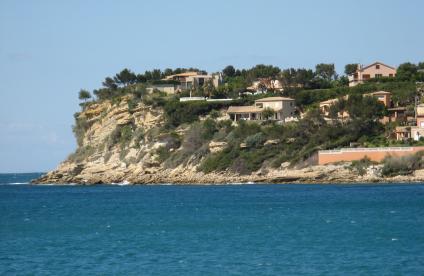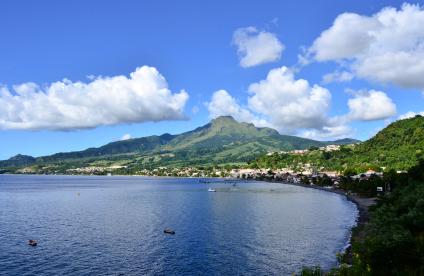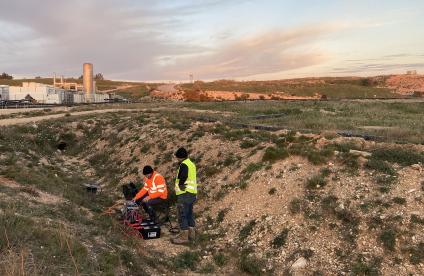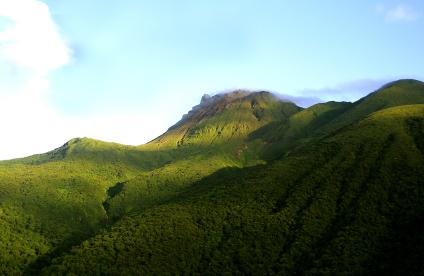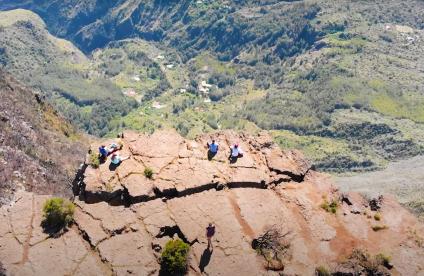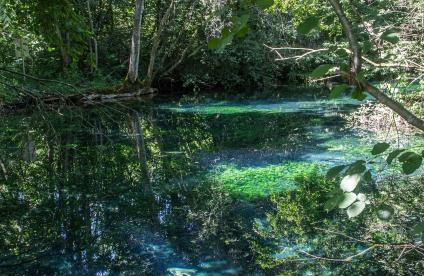
The Marseillon spring in Audignon (Landes, 2018).
© BRGM - Olivier Cabaret
The need
Carbonate formations that outcrop on the Audignon anticline contain abundant water supplies used for drinking water and agriculture. Water resources in such karst formations are vulnerable to pollution. In the case of the Marseillon spring – a strategic resource for the supply of drinking water – this vulnerability causes recurrent turbidity problems and significant fluctuations in water quality. The Marseillon and Tursan Water Agency wished to carry out a study to understand the processes involved, in order to improve the reliability of the water supply. The study was conducted at the scale of the Audignon landform, which has been classified as a “zone with stricter water quality objectives” (ZOS) within the Adour-Garonne Basin, meaning that it has been prioritised for the implementation of measures to reduce the costs of drinking water treatment.
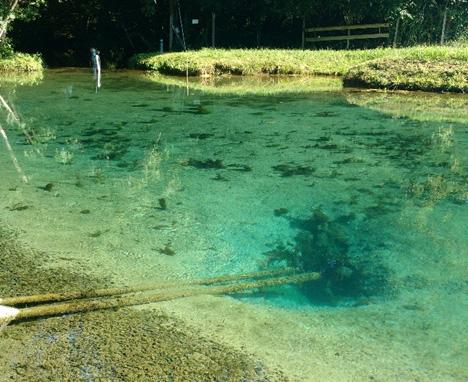
Equipment in the main spring vent and on the Audignon reservoir outlet (Landes, 2018)
© BRGM - Olivier Cabaret
The results
By implementing a multidisciplinary approach focusing on the anticline, its role in deep groundwater recharge and discharge processes was highlighted, and this was shown to vary according to geographical area.
The analyses carried out on the Marseillon spring provided an initial idea of the spring’s catchment area boundaries. Moreover, the anticline outcrop formations coupled with the karstic nature of the reservoir were shown to affect spring hydrodynamics and cause turbidity.
Using the results
For the purposes of the study, a turbidity sensor fitted directly into the main spring vent, with a set-up especially designed for this site, was used to detect water turbidity at an early stage and better manage the spring boreholes. The equipment implemented and maintained by the Water Agency together with the findings were used for the development of the drinking water supply master plan.
The partners
- Adour-Garonne Water Agency
- Landes Departmental Council
- Marseillon and Tursan Water Agency
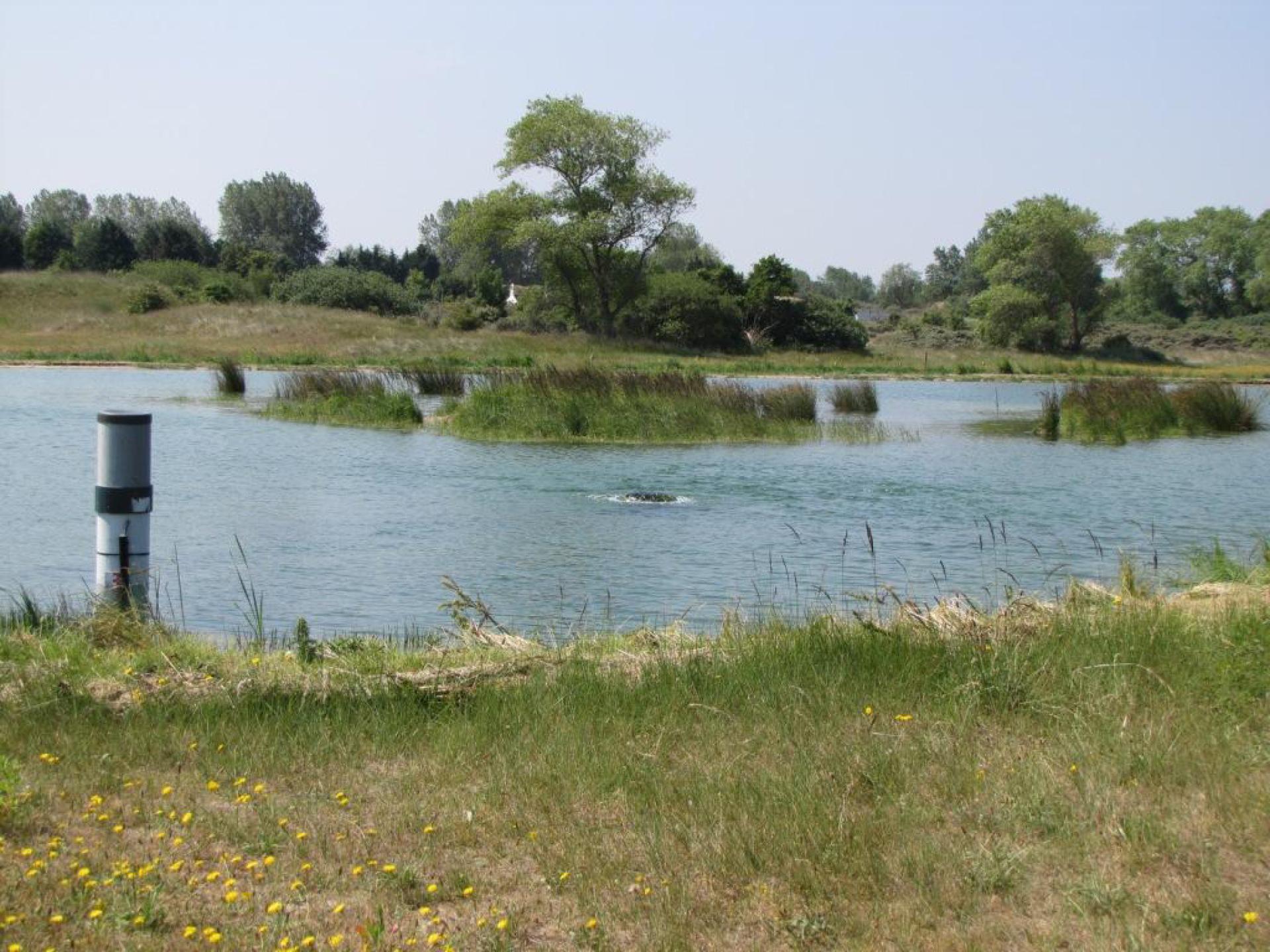
This work was very interesting from a technical point of view, and it helps us take action sooner by shutting the boreholes before they get polluted. The study showed that the primary water source was superficial, whereas we thought it was deeper in the ground. It also highlighted the interactions between the nearby river and the boreholes. And it confirmed what we suspected: unfortunately, the turbidity problem can only be mitigated, and the only permanent solution would be to construct a new borehole in a less karstic area. This work also contributed to the development of the drinking water supply master plan, which aims to reduce agricultural pollution and the costs of water treatment.


